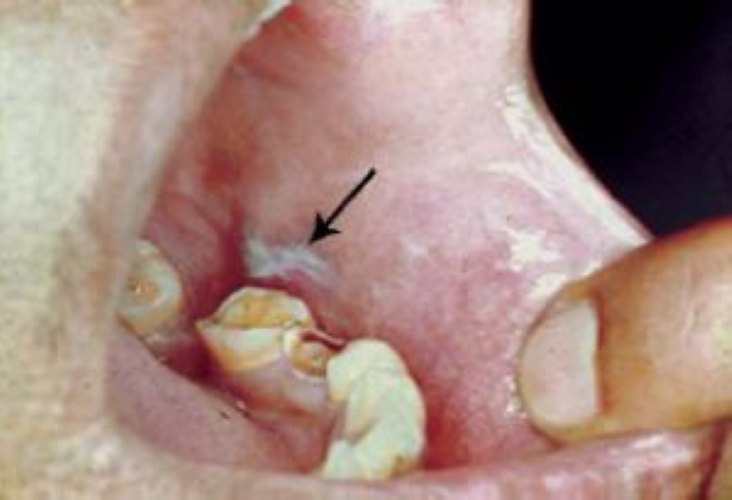+919790726189

This is your website preview.
Currently it only shows your basic business info. Start adding relevant business details such as description, images and products or services to gain your customers attention by using Boost 360 android app / iOS App / web portal.
SHARP TEETH MANAGEMENT AT WEST MAMBALAM ASHOK N...

SHARP TEETH MANAGEMENT AT WEST MAMBALAM ASHOK NAGAR CHENNAI Frictional Keratosis and Its Management Frictional keratosis is a benign condition where the oral mucosa develops a white or thickened patch due to chronic irritation or friction. This protective response occurs when the oral tissues thicken (keratinize) to shield themselves from repeated trauma, such as rubbing, chewing, or mechanical irritation. Although frictional keratosis is not cancerous, distinguishing it from other white lesions in the mouth, such as leukoplakia, is essential. Causes of Frictional Keratosis Frictional keratosis can develop due to various sources of continuous mechanical irritation: Ill-fitting Dentures or Dental Appliances: Poorly fitted dentures, braces, or crowns can rub against the oral mucosa, causing friction. Cheek or Tongue Biting: Repeated accidental biting or habits such as grinding can lead to localized friction and thickening of the tissues. Sharp Teeth or Dental Restorations: Broken teeth or rough edges of dental restorations can constantly irritate the inner cheeks, lips, or tongue. Tobacco Use: Smoking or using smokeless tobacco can increase irritation in the oral cavity, although this must be distinguished from more serious tobacco-related lesions. Clinical Presentation Frictional keratosis often appears as a white or grayish patch in the affected area of the oral mucosa. These lesions tend to be rough or thick in texture, but they are generally painless unless there is an active source of irritation. The most common sites for frictional keratosis include the cheeks, gums, lips, and tongue. Management of Frictional Keratosis The key to managing frictional keratosis is eliminating the source of irritation, allowing the affected tissues to heal and return to normal. Common management strategies include: Addressing the Source of Friction: A dentist may need to smooth rough teeth, adjust or replace ill-fitting dentures, or fix poorly placed dental restorations that are causing irritation. Behavioral Changes: For individuals who engage in habits such as cheek biting, tongue thrusting, or bruxism, behavioral interventions or the use of dental guards can reduce trauma. Tobacco Cessation: If frictional keratosis is associated with smoking or smokeless tobacco, cessation can significantly reduce oral irritation and the risk of more serious lesions. Monitoring: While frictional keratosis is benign, it should be regularly monitored by a dentist to ensure it does not evolve into a more serious condition or get confused with potentially precancerous lesions. Follow-Up: If the lesion persists after removing the source of friction, further investigation through a biopsy may be recommended to rule out other conditions. By addressing the underlying cause of friction, the affected tissue typically returns to normal over time. However, regular dental check-ups are crucial to prevent recurrence and ensure optimal oral health. Dental Clinics in West Mambalam Dentists in West Mambalam Dentists in Ashok Nagar Best dentist near me Best Dental Clinics in West Mambalam Oral surgeon in West Mambalam Dental Implants in West Mambalam Oral surgeon in Ashok Nagar Gum specialist in West Mambalam Periodontist in Ashok Nagar Best root canal specialist in West Mambalam Best root canal specialist in Ashok Nagar Root canal treatment in West Mambalam

